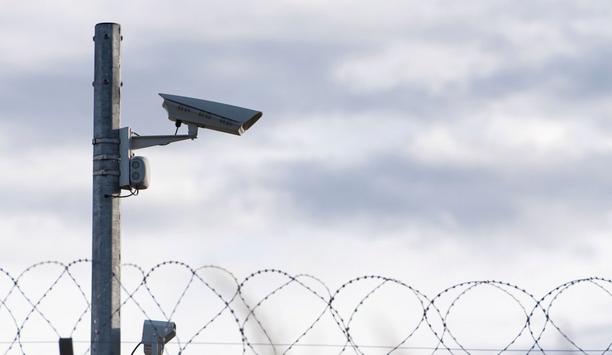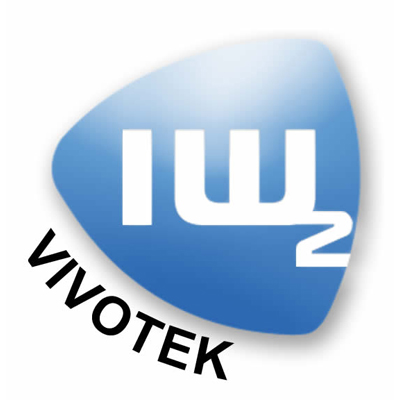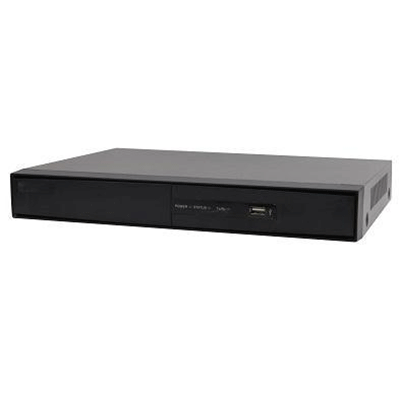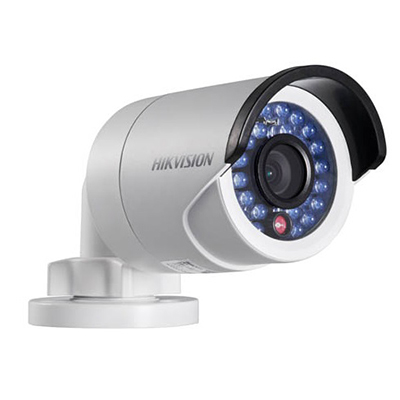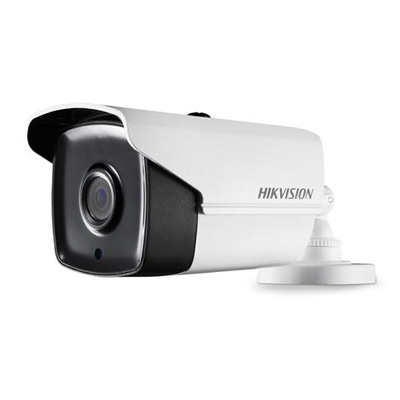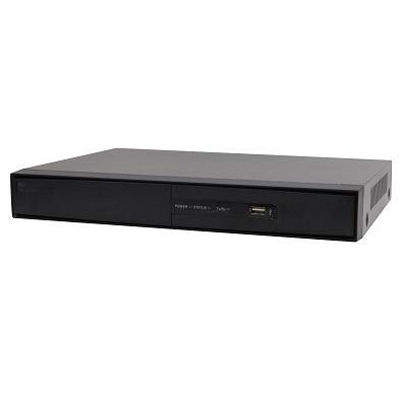Moxa, a global provider of communication infrastructure solutions supporting the Industrial Internet of Things (IIoT), is significantly lowering the overall cost of industrial data management with the introduction of its ultra-efficient ioLogik™ 2500 4-in-1 smart data acquisition solution that combines I/O functionality, an Ethernet switch, serial/Modbus connectivity, and up to 32 GB of data logging into a single remote device.
Leveraging the company's Click&Go™ Plus logic technology to control the I/O array, the ioLogik 2500 empowers engineers to reduce the number of system components and connections, and to eliminate the need for extensive rewiring during a daisy chain expansion. As a result, it minimises overall system cost and complexity, while increasing data acquisition efficiency and accuracy.
"The ioLogik 2500 all-in-one unit provides the ideal platform for Ethernet communications while efficiently allowing expandability and local data logging," explained Jei Mercado, Business Development Manager for Moxa. "As the size and complexity of industrial networks continue to grow, data management has become a critical function for unlocking meaningful insights that could optimize outcomes across the entire business -- the ioLogik 2500 is the smart solution to address this challenge by supplying real-time data for critical applications."
Key to the success of the new ioLogik™ 2500 is its ability to communicate with multiple remote I/O devices under a single IP address, therefore simplifying daisy chain expansion of industrial networks and providing for the most efficient data acquisition at the lowest cost, especially for industrial field sites that have an insufficient number of IP addresses. The ioLogik's slave Ethernet port can link up to 8 daisy-chained ioLogik E1200 expansion modules and convert more than 100 channels to one IP address. Meanwhile, the other three Ethernet ports cab be used to connect to any Ethernet-driven field device.
Data can overwhelm an organisation, making it difficult to find the information that really matters. Moxa Click&Go Plus™ control logic integrates patented Active Tags technology to uncover real time data for critical applications, plus allows active messaging, email, or SMS to provide real time event notification. Click&Go Plus supports up to 48 rules with further upgrades to 8 conditions/actions.
The Moxa ioLogik 2500 supports micro SD cards with up to 32 GB of memory, turning it into a powerful datalogger for storing valuable data. With a built-in FTP server, important data from field sites can be accessed remotely by different systems. In addition, the 2 serial communication ports can be used to input data from devices using the Modbus RTU protocol, and then transform the data into Modbus TCP or AOPC tag format before sending it out over the Ethernet network.
Moxa currently offers two versions of the ioLogik 2500: the ioLogik 2512 with eight channels of digital inputs and the ioLogik 2542 with four channels of analog inputs. A wireless version of the ioLogik 2500 will be released later in the year.





